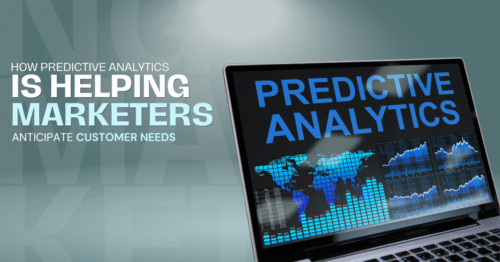In today’s digital landscape, users expect more than just functional websites—they crave experiences that are intuitive, personalized, and engaging. Artificial Intelligence (AI) has emerged as a transformative force in web design, particularly in enhancing User Experience (UX) and personalization. By leveraging AI, businesses can create smarter websites that not only meet user expectations but also anticipate their needs.
Understanding AI in Web Design
AI in web design refers to the integration of machine learning algorithms and data analytics to create dynamic, user-centric websites. Unlike traditional static websites, AI-powered sites can adapt in real-time, offering personalized content, layouts, and functionalities based on individual user behaviors and preferences.
The Impact of AI on UX
1. Personalized User Journeys
AI enables websites to analyze user data—such as browsing history, click patterns, and time spent on pages—to tailor the user journey. For instance, an AI-driven e-commerce site can recommend products based on previous purchases or viewed items, enhancing the shopping experience and increasing conversion rates.
2. Dynamic Content Delivery
With AI, content can be dynamically adjusted to suit individual users. This means that two users visiting the same website might see different content, images, or calls-to-action, all optimized to their interests and behaviors.
3. Improved Accessibility
AI tools can enhance website accessibility by providing features like voice navigation, real-time language translation, and adaptive interfaces for users with disabilities, ensuring a more inclusive user experience.
AI-Driven Personalization Techniques
1. Behavioral Analysis
AI systems can track and analyze user interactions to identify patterns and preferences. This data is then used to personalize content, suggest relevant products or services, and streamline navigation paths.
2. Predictive Analytics
By analyzing historical data, AI can predict future user behaviors, allowing websites to proactively offer content or products that users are likely to engage with, thereby enhancing user satisfaction and loyalty.
3. Chatbots and Virtual Assistants
AI-powered chatbots provide real-time assistance to users, answering queries, guiding navigation, and even facilitating transactions, all while learning from interactions to improve future responses.
Benefits of AI in Web Design
1. Enhanced User Engagement
Personalized experiences keep users engaged longer, reducing bounce rates and increasing the likelihood of conversions.
2. Increased Conversion Rates
By presenting users with content and products tailored to their preferences, AI can significantly boost conversion rates and sales.
3. Efficient Content Management
AI can automate content curation and management, ensuring that users always see the most relevant and up-to-date information without manual intervention.
Challenges and Considerations
1. Data Privacy Concerns
Collecting and analyzing user data raises privacy issues. Websites must ensure compliance with data protection regulations and maintain transparency about data usage.
2. Implementation Complexity
Integrating AI into existing web infrastructures can be complex and resource-intensive, requiring careful planning and execution.
3. Over-Personalization Risks
While personalization enhances UX, excessive personalization can make users feel their privacy is invaded. Striking the right balance is crucial.
Future of AI in Web Design
The future holds exciting prospects for AI in web design, including:
- Hyper-Personalization: Delivering experiences tailored to micro-segments or even individual users.
- Emotion Recognition: Adapting content based on users’ emotional states detected through facial recognition or interaction patterns.
- Voice and Gesture-Based Navigation: Enhancing accessibility and user engagement through alternative interaction methods.
Conclusion
AI is revolutionizing web design by enabling smarter, more personalized, and user-friendly websites. By embracing AI technologies, businesses can not only meet but exceed user expectations, fostering loyalty and driving growth. As AI continues to evolve, staying abreast of its applications in UX and personalization will be key to building websites that truly resonate with users.
Follow Us | Our Services | Contact Us







